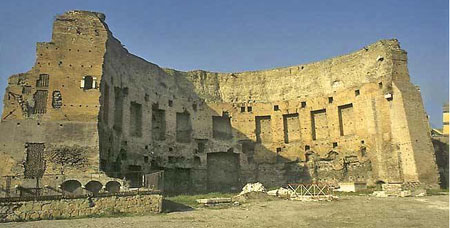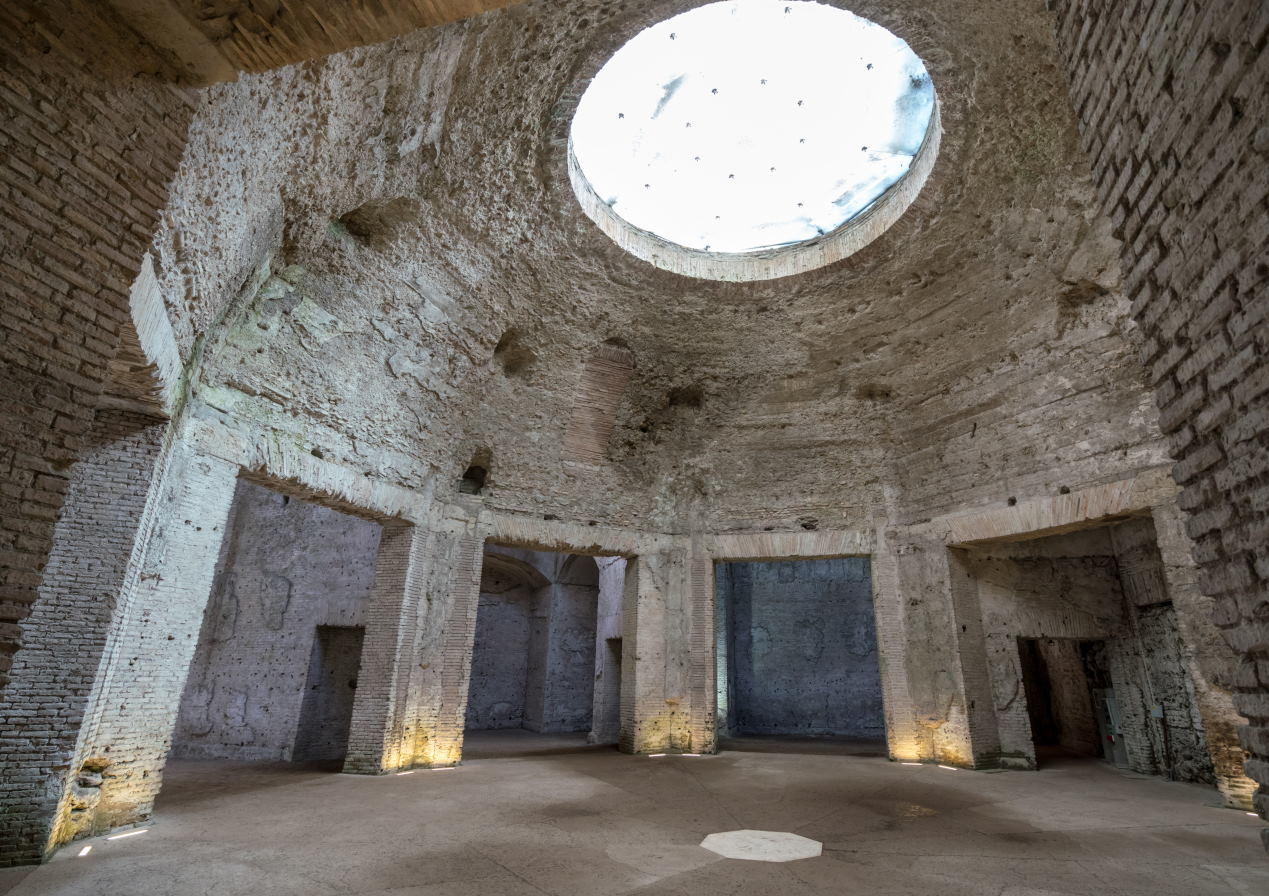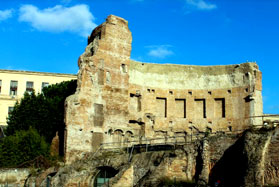
When Nero died, the village was destroyed to return to the. The emperors who followed Nero swept it away in a frenzy, attempting to efface him and his works from Roman memory. The Great Buildings Collection on CD-ROM. The Domus Aurea was built by the Roman emperor Nero, then in 64 AD Rome was devastated by a fire. Photo of remains of walls in front of the facade of the main palace with the southern exedra of the Baths of Trajan, plate 418, p347. Photo of the octagonal domed room in the east wing, plate 417, p346. Photo showing construction of the cupola and openings for lighting of the octagonal hall, plate 416, p346. Photo of rooms at the south-west corner of the peristyle, plate 408, p340.

plan drawing of octagon, plate 30.Įrnest Nash. Lavish, original, gigantic: the Domus Aurea is the symbol of the ingeniousness of Emperor Nero. analytical drawing of the octagon, plate 31. Domus Aurea Rome: Visit Romes Secret Hidden Palace. New Haven, CT: Yale University Press, 1982. The classic text of architectural history.Įxpanded 1996 edition available at On Appian Hill, northeast of the Colluseum. Take advantage of a unique opportunity to explore one of Romes most exclusive ancient sites with a 2-hour Domus Aurea Guided Tour. After the fire of 64 AD, which destroyed much of the center of Rome, Emperor Nero began the construction of a new residence, that for its.
DOMUS AUREA ROME SERIES
This was an octagonal hall roofed by a concrete dome, 14.7 m (50 ft) across the corners, and open on all sides to the garden or to surrounding smaller roomsas far as is known the first appearance in a building of this kind of a new concept of interior space which was to come increasingly to the fore over the next half-century." The imperial estate of Nero was built in 64AD, which is comprised of a series of pavilions, set in an articulated garden with an artificial lake in its center. To the right of this was the less conventionally planned eastern part, which contained the feature of greatest importance and originality. In the centre, the faade was set back, following three sides and two half-sides of an octagon. The more westerly part, which was certainly of Nero's time, also had a peristyle behind the faade. It most resembled the country and seaside portico villas of Campagna, and was open to the views of and beyond the lake.


The main architectural interest lies in the wing just referred to, known as the Esquiline wing, which stood a little to the north of the lake and was subsequently built over to form part of the enclosure of the Baths of Trajan. It was less a palace than a series of pavilions and a long wing comprising living and reception rooms, all set in a vast landscaped park with an artificial lake in its centre where the Colosseum now stands. 64-68 and possibly later), was built or begun by Nero after the great fire in A.D. "The Domus Aurea (Golden House), Rome (A.D.


 0 kommentar(er)
0 kommentar(er)
